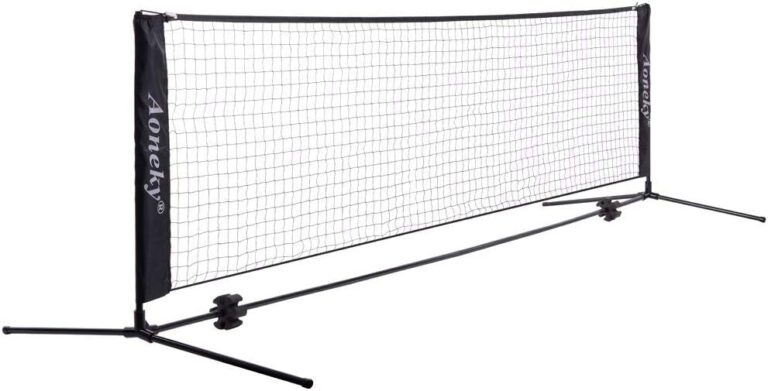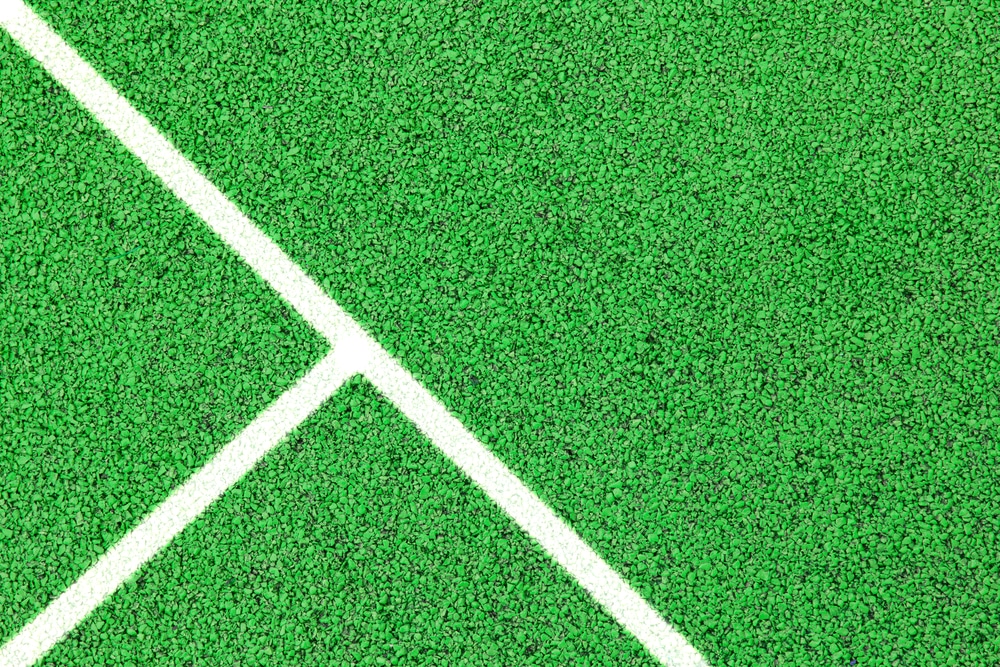Have you ever found yourself on a tennis court and wondered what all those lines actually mean? Well, you’re not alone. Suppose you’re a newbie or just brushing up on your game; understanding the court lines can really up your tennis knowledge. From the baseline to the service line, these markings aren’t just random; each one plays a crucial role in how the game is played. So, grab your racket, and let’s break down the mystery behind those lines and make your next match even more enjoyable. Ready to ace it? Let’s go!
Baseline
The baseline is a critical boundary in tennis. It defines the back edge of the court. This line marks the length boundary of the playing area. Players must hit the ball within the baseline to keep it in play. A shot landing on the baseline is considered in, although if the ball lands outside, the player loses the point.
- Location: The back edge of the court, parallel to the net.
- Meaning: This line marks the boundary for the length of the court.

Product Details
- Size 6.8 Feet
- Color Black
- Brand Aoneky
- Material Nylon, Metal
- Sport Soccer
Service Line
This line is essential for serving in tennis. It indicates where the serve must land. Furthermore, when a player serves, the ball must land in the service box, which is below the service line. If the ball lands in the area between the service line and the net, it is a fault, besides disrupting the flow of the game.
- Location: Located halfway between the net and the baseline.
- Meaning: The service line is critical during serves.
Center Mark
The center mark helps maintain serve alignment. It is vital for tennis players serving from the correct position. This line divides the court for effective serving and ensures fairness in gameplay.
- Location: A small line or mark located at the midpoint of the baseline.
- Meaning: The center mark helps players align their serves and ensures they serve from the center of the court.
Doubles Sidelines
The doubles sidelines define the boundaries for doubles matches. They determine the width of the doubles court, which allows players to utilize the entire playing area.
- Location: The outermost lines run the length of the court, extending from the net to the baseline.
- Meaning: In singles matches, the inner sidelines are used; in doubles, the outer sidelines are in play.
Singles Sidelines
The singles sidelines indicate the boundaries for singles court play. They help players know where to aim their shots. Players must ensure their shots land within these lines, as hitting outside results in losing a point.
- Location: The inner lines run parallel to the doubles sidelines.
- Meaning: These lines define the playing area for singles matches.
Service Boxes
The service boxes are critical areas during a serve. They ensure fairness and consistency in serving. Each service box (left and right) is where the server must land their ball during a serve. The server alternates serving from the right and left service boxes with each point.
- Location: The area is divided into two equal rectangles, bordered by the net, service line, and sidelines.
- Meaning: Each service box is where the server must land their ball during a serve.

Product Details
- Size 6.8 Feet
- Color Black
- Brand Aoneky
- Material Nylon, Metal
- Sport Soccer
Net Line
The net line is an important reference for height. It indicates where the ball should cross. If a ball hits the net but goes over into the opponent’s side, the ball is still considered in play unless it happens on a serve (in which case it is a let serve).
- Location: The line at the bottom of the net, which extends from one sideline to the other.
- Meaning: The net line is not an official boundary but indicates the height of the net.
Center Service Line
The center service line guides players during serving. It helps ensure that serves are directed correctly into the appropriate service boxes. Although this line is less emphasized than others, it plays a significant role in the boundaries of tennis.
- Location: The line running perpendicular to the net, dividing the service boxes.
- Meaning: This line indicates where players must serve.
If you want to learn about tennis court rules, check out this article.
Conclusion
Finalizing the discussion, understanding the meanings of the lines on a tennis court enhances both the play and viewing experience. Familiarity with these lines allows players to strategize better and makes it easier for spectators to follow the game’s flow. No matter you’re a player or a fan, knowing what the lines on a tennis court mean can elevate your appreciation of the sport.






